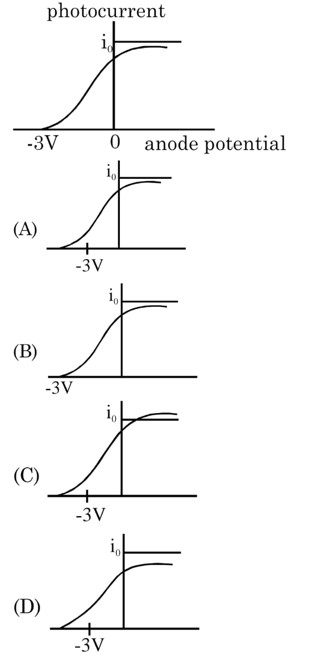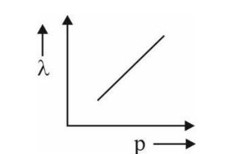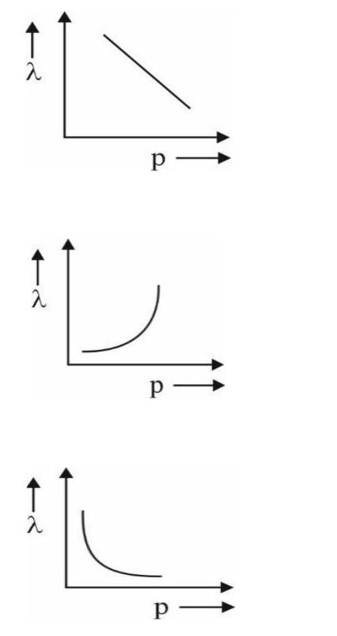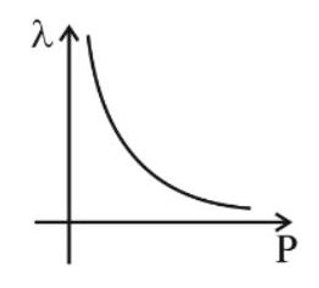Dual Nature of Radiation and Matter
Get insights from 170 questions on Dual Nature of Radiation and Matter, answered by students, alumni, and experts. You may also ask and answer any question you like about Dual Nature of Radiation and Matter
Follow Ask QuestionQuestions
Discussions
Active Users
Followers
New answer posted
2 months agoNew answer posted
2 months agoContributor-Level 10
In case 1, E? = 2eV; φ? ? = E? - KE? = 1eV
In case 2, E? = 12400/1550 = 8eV; max.KE = 8eV - 1eV = 7eV
New answer posted
2 months agoContributor-Level 10
So, two photons having equal linear momenta have equal wavelength. As wavelength decreases, momentum and energy of photon increases.
New answer posted
2 months agoContributor-Level 10
λ? = h/√2mE? = λ? = h/√2mE?
=> E? = (4/9)E? = 4eV
E? = E? - eV? => V? = 5V
New answer posted
2 months agoContributor-Level 10
p = nhc/λ ⇒ n = pλ/hc
n = (3.3 * 10? ³ * 600 * 10? ) / (6.6 * 10? ³? * 3 * 10? ) = 10¹?
New answer posted
2 months agoContributor-Level 10
hc/λ = K? + φ [given φ is negligible]
So, hc/λ = K?
λ? = h/√ (2mK? ²) ⇒ K? = h²/ (2mλ? ²)
(hc)/λ = h²/ (2mλ? ²) ⇒ λ = (2mc/h)λ? ²
New answer posted
2 months agoContributor-Level 9
Incident energy
If electron will emit.
No electron emission
Only caesium will emit electron
Taking an Exam? Selecting a College?
Get authentic answers from experts, students and alumni that you won't find anywhere else
Sign Up on ShikshaOn Shiksha, get access to
- 65k Colleges
- 1.2k Exams
- 681k Reviews
- 1800k Answers




